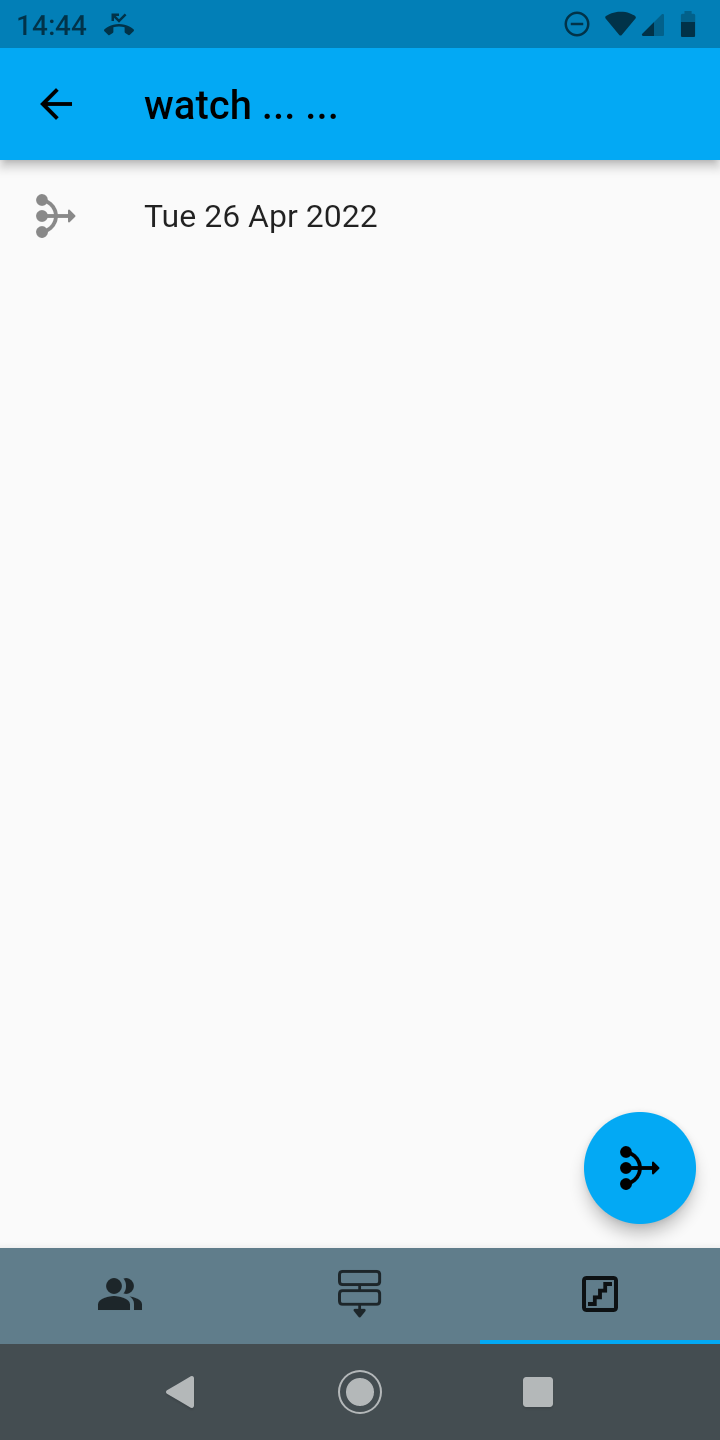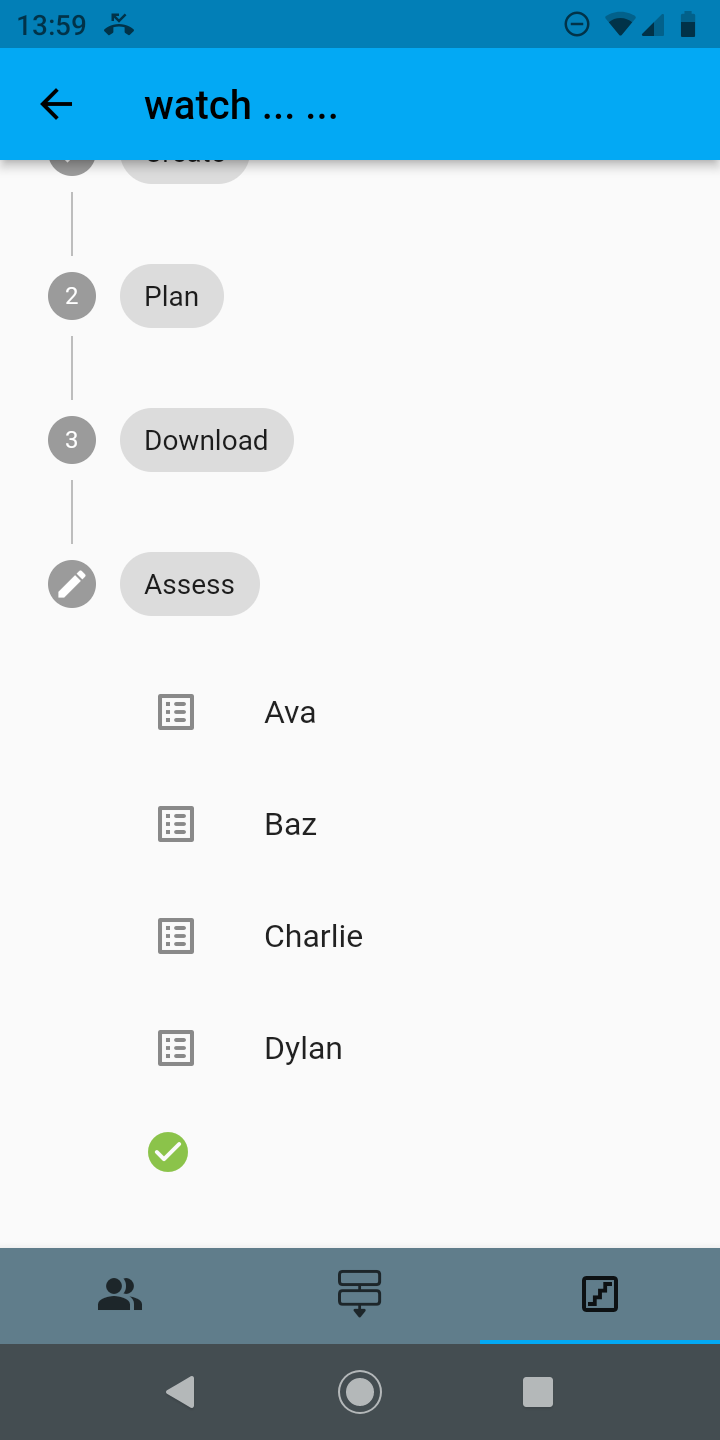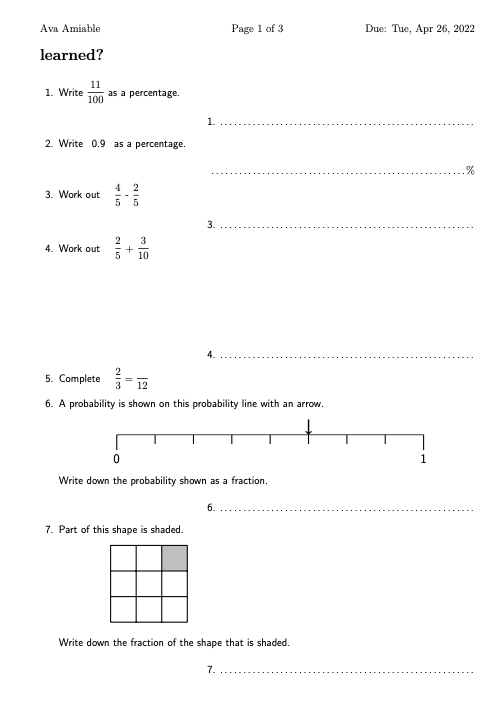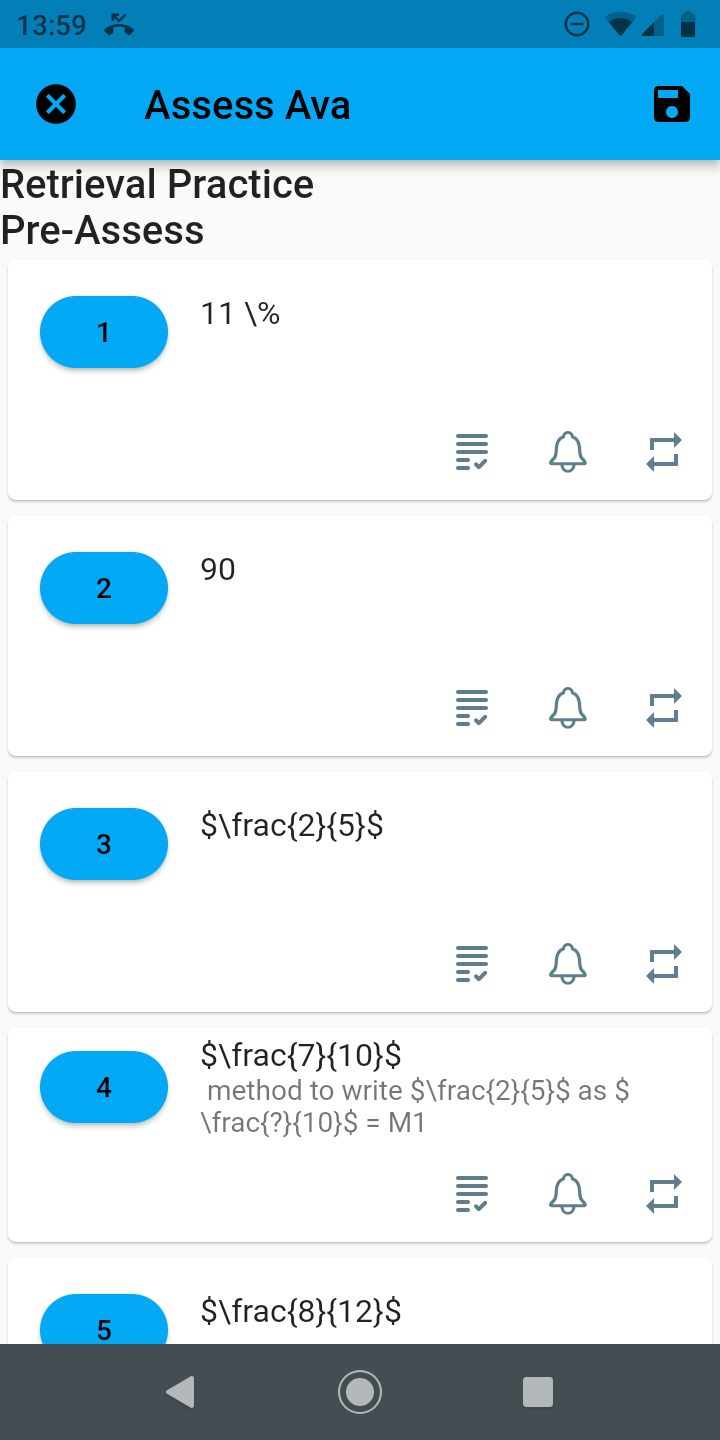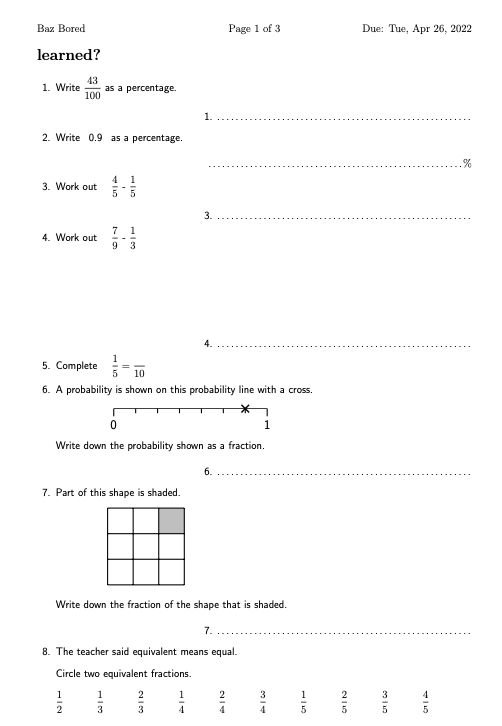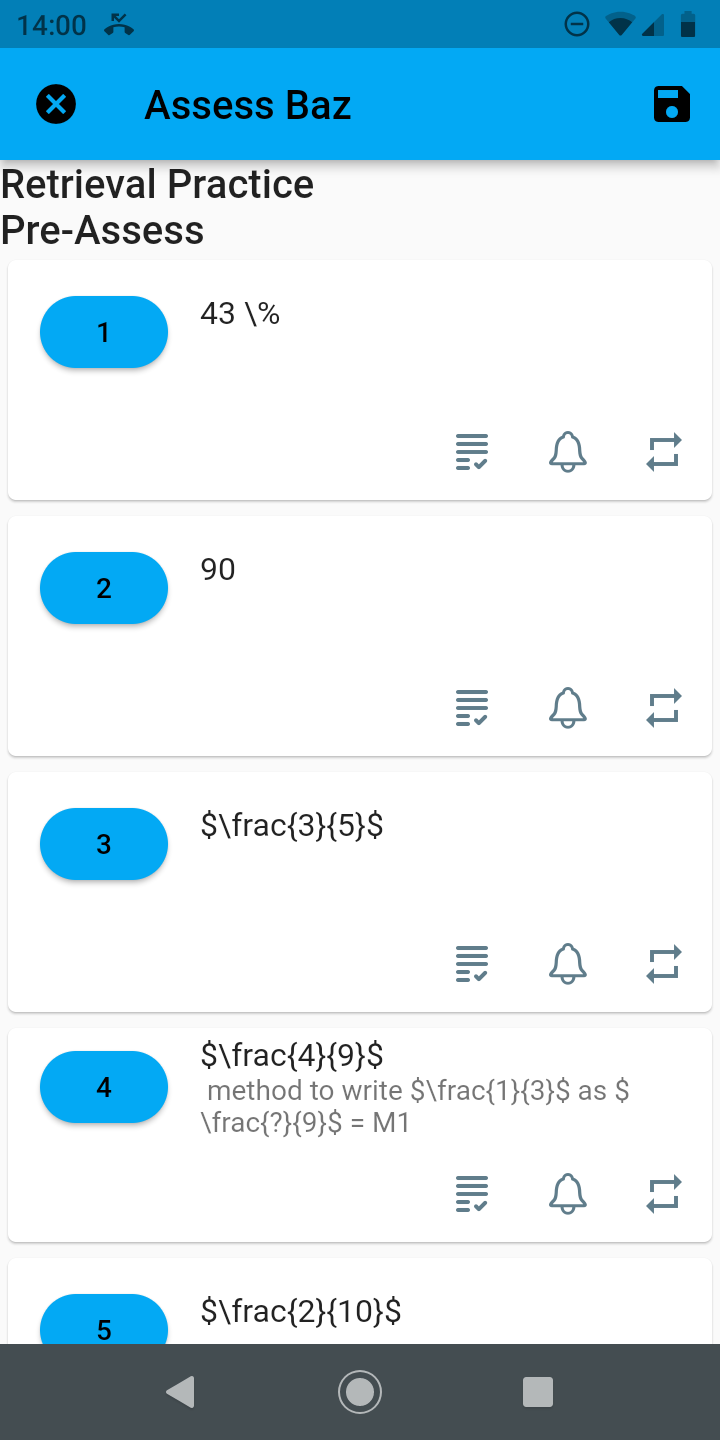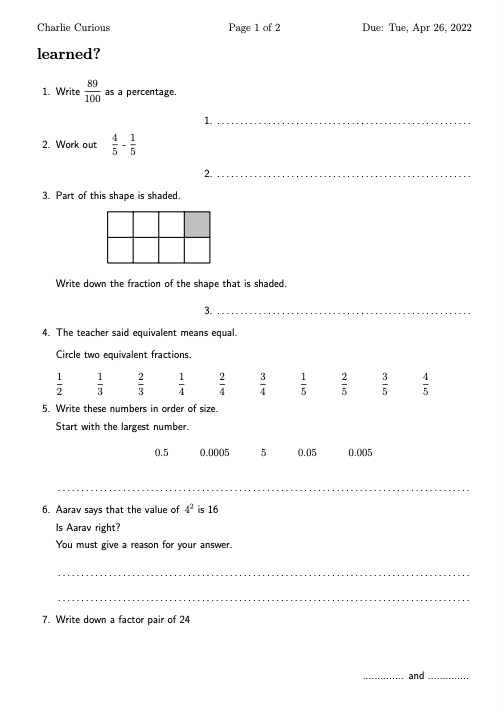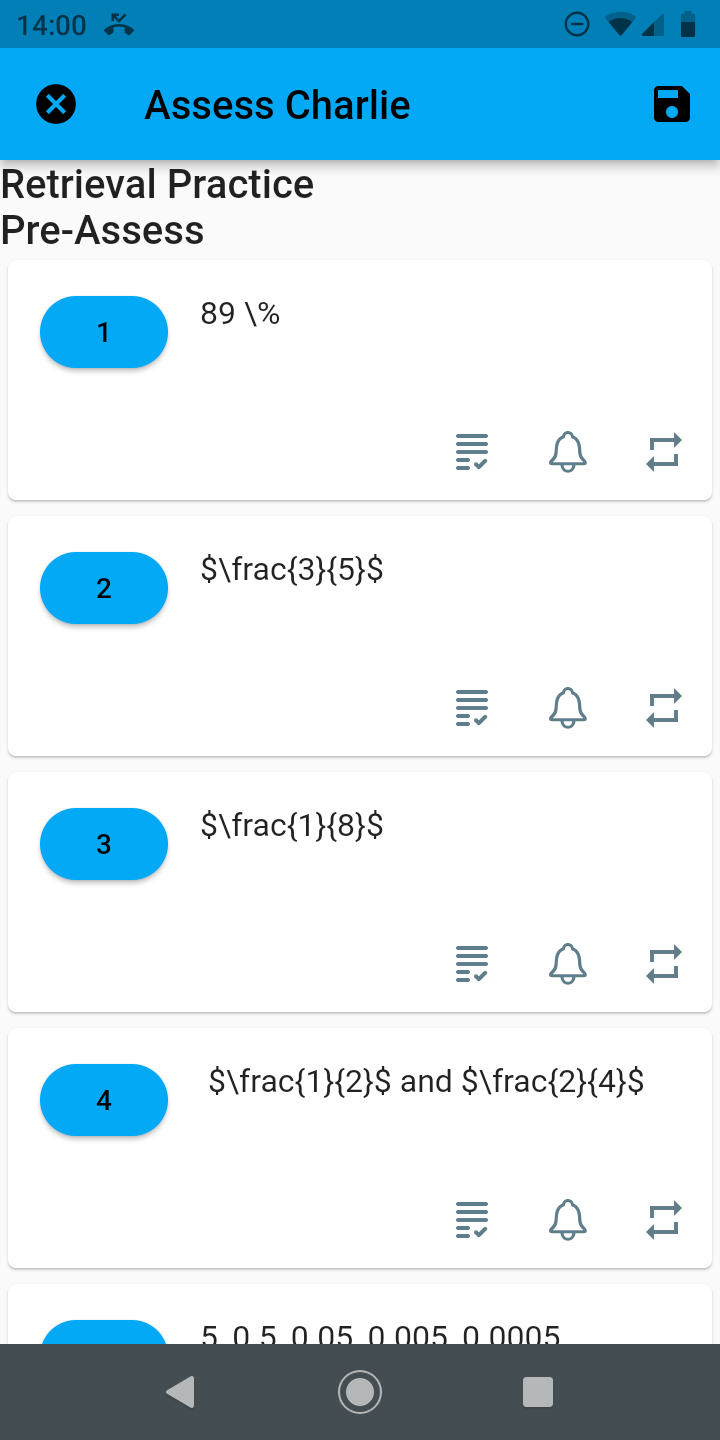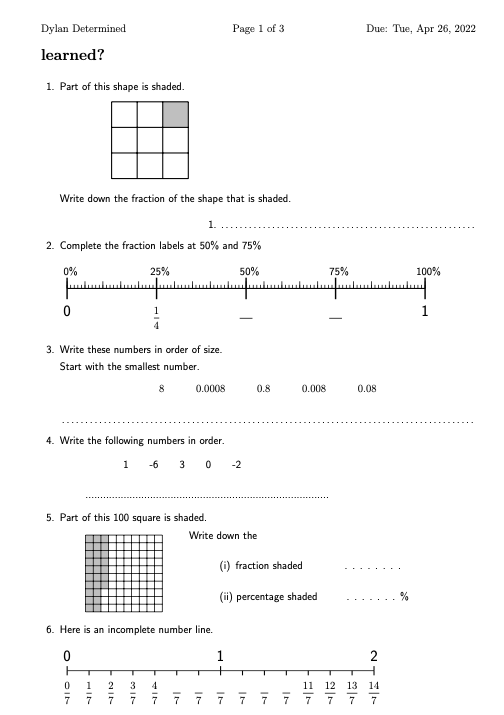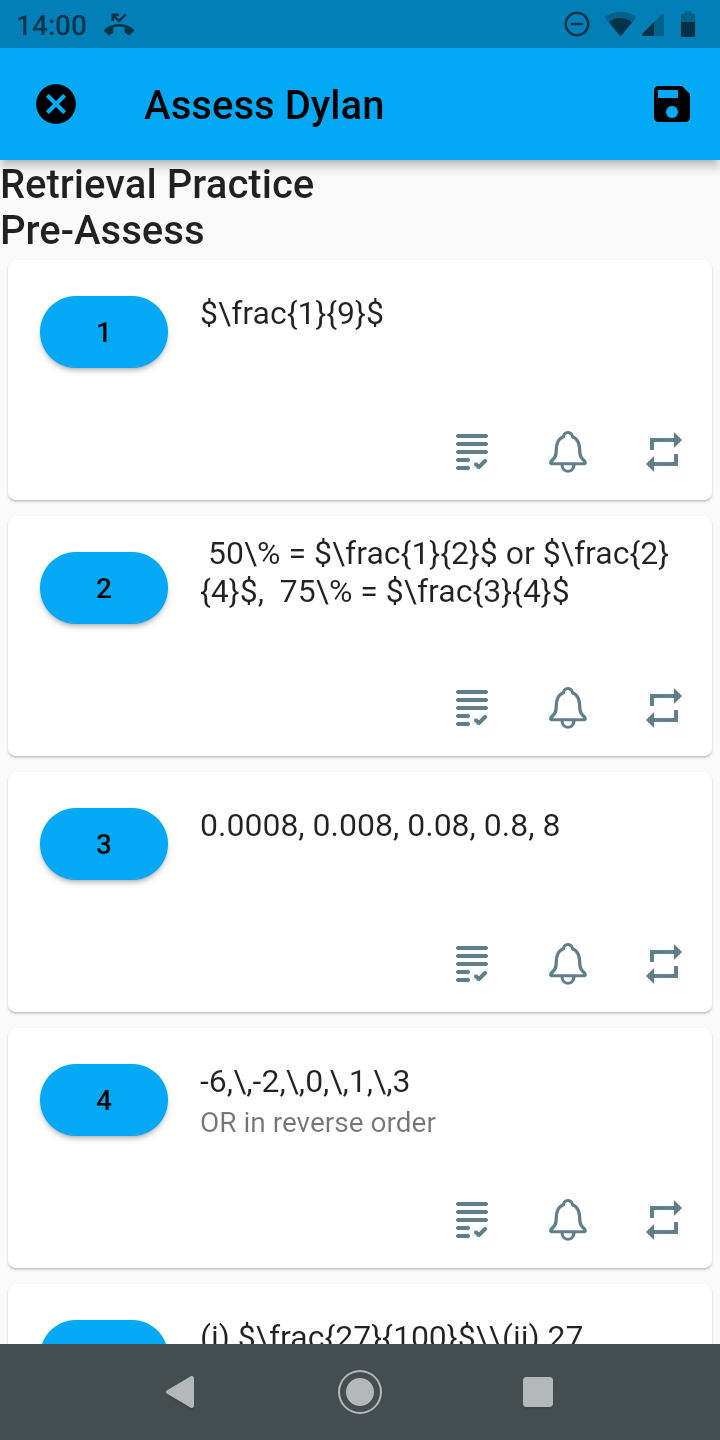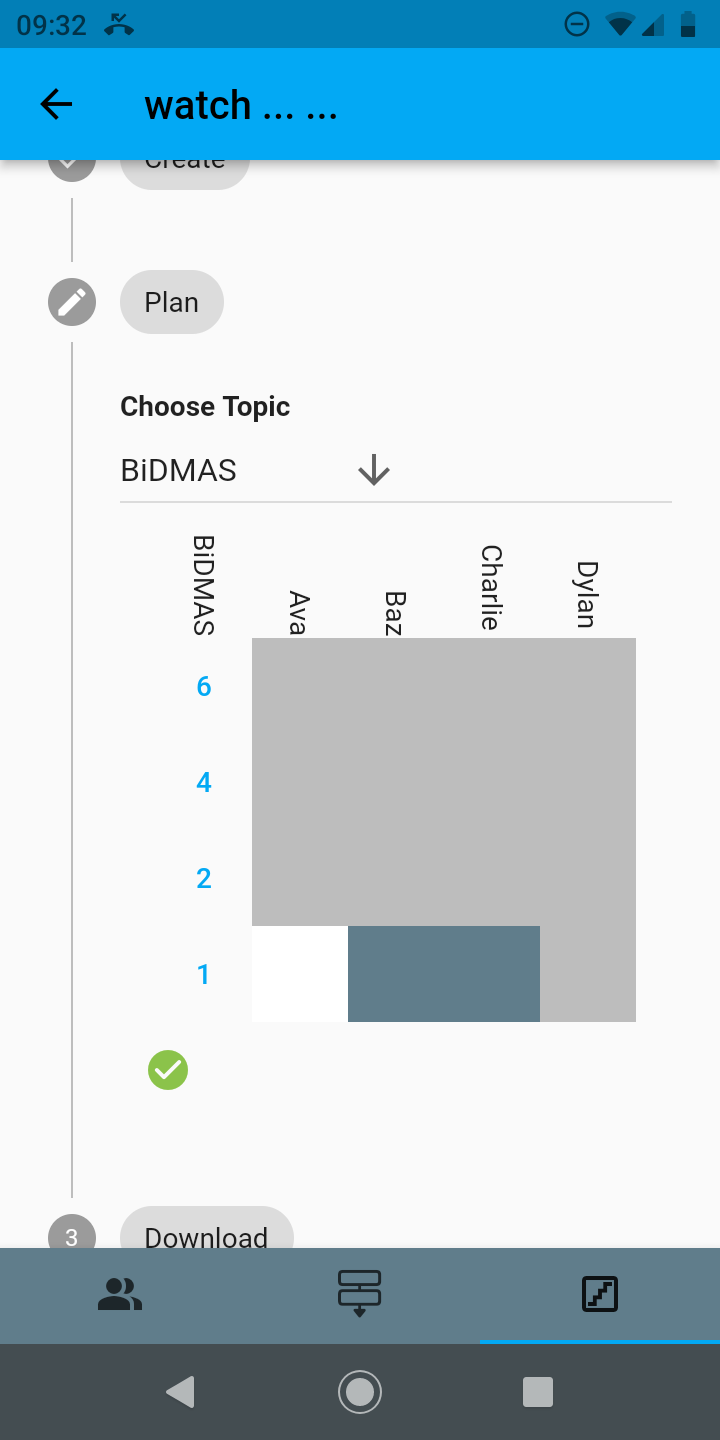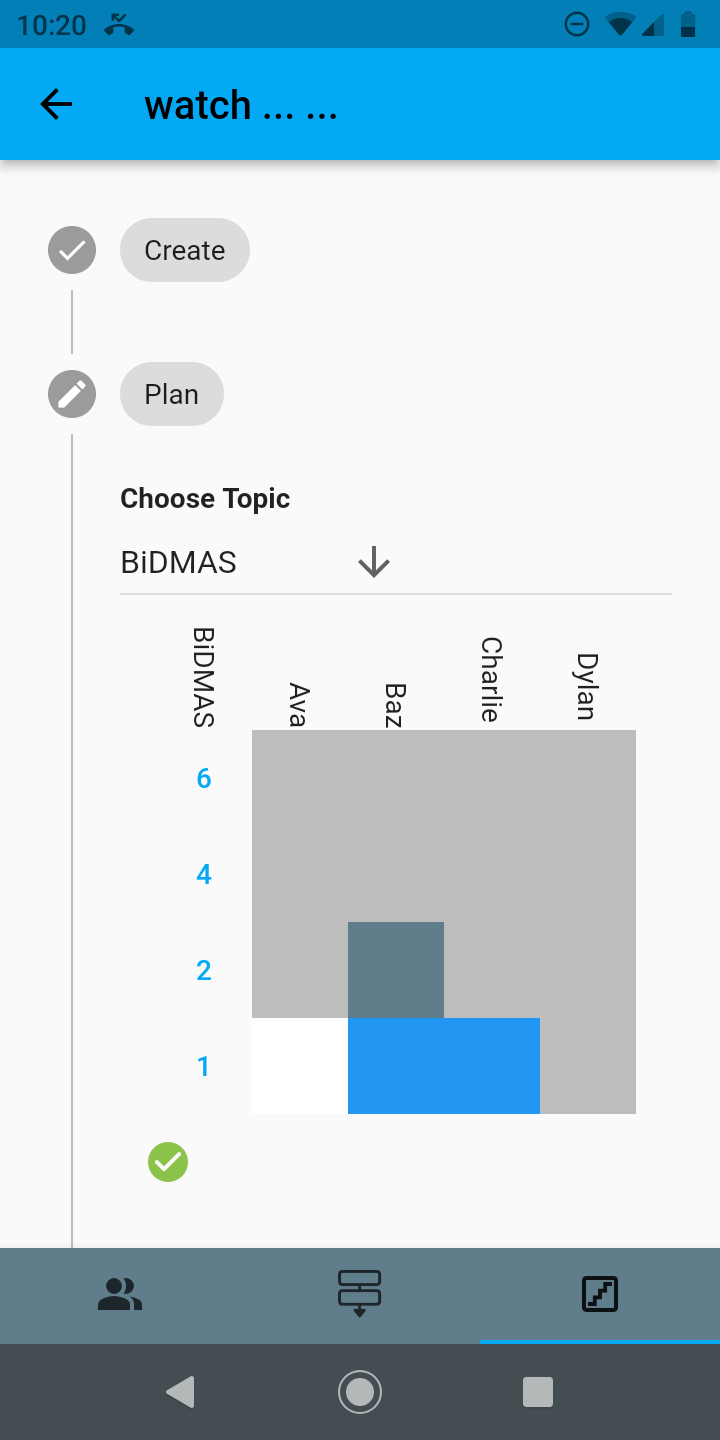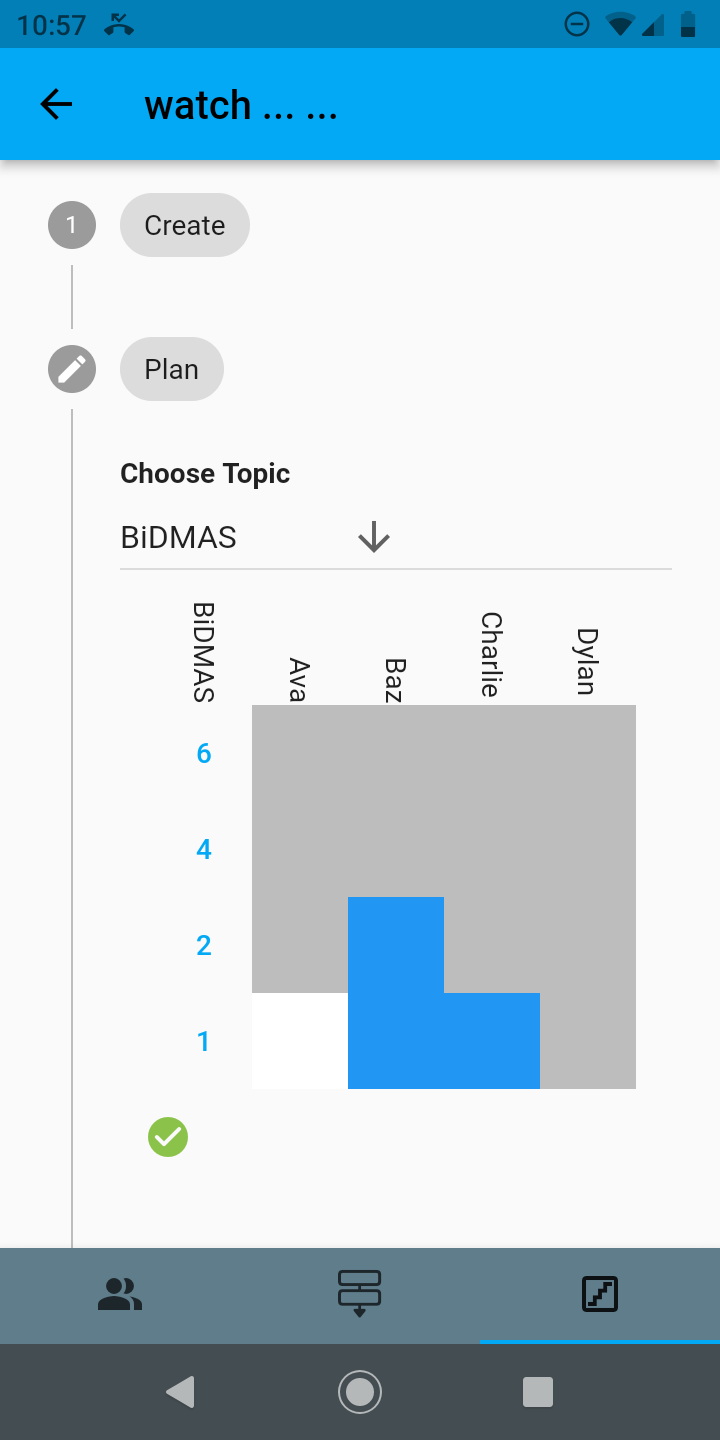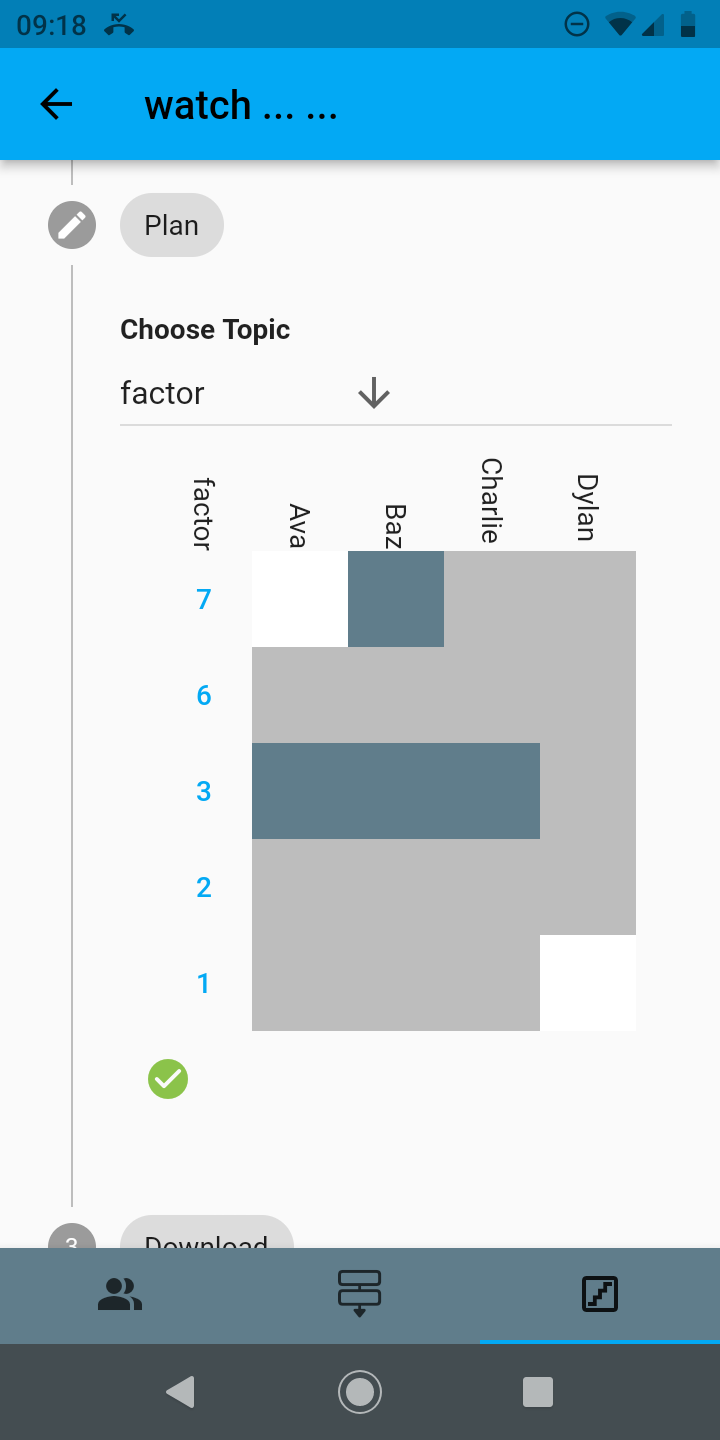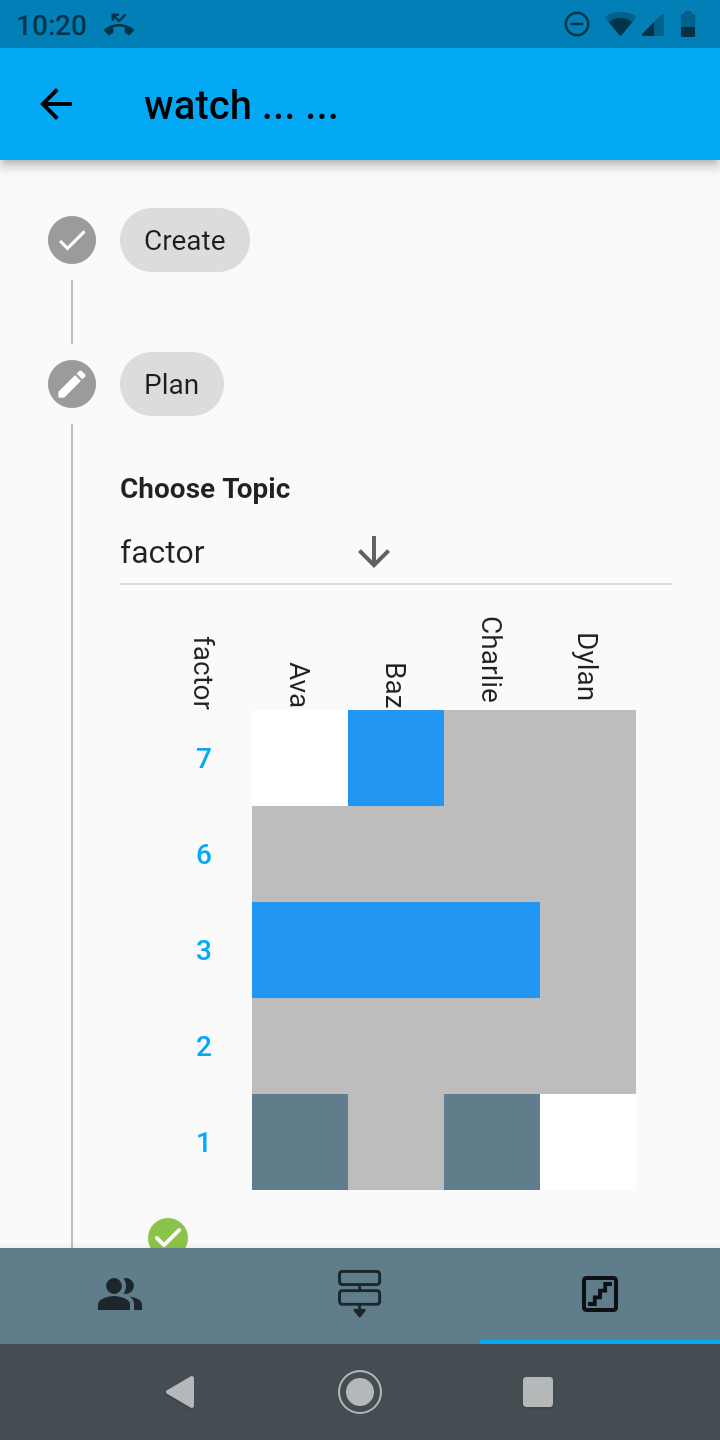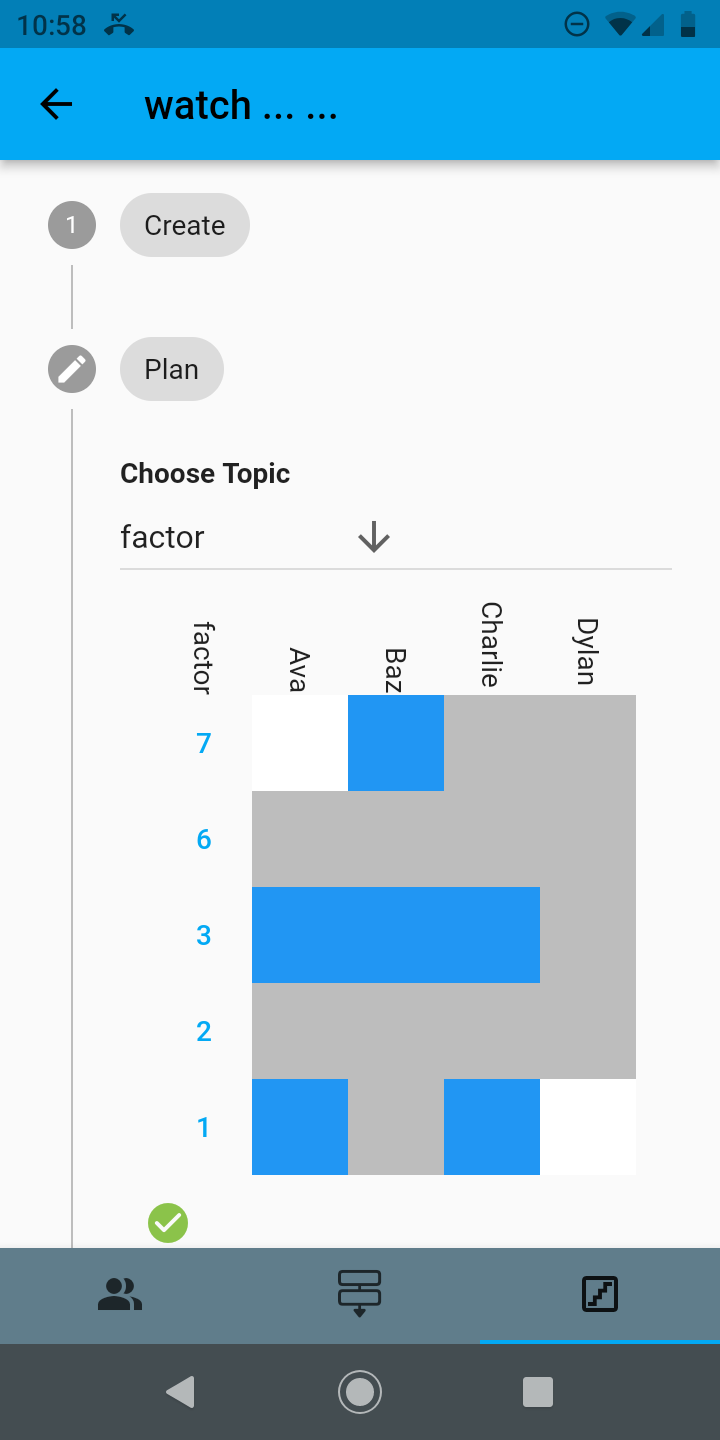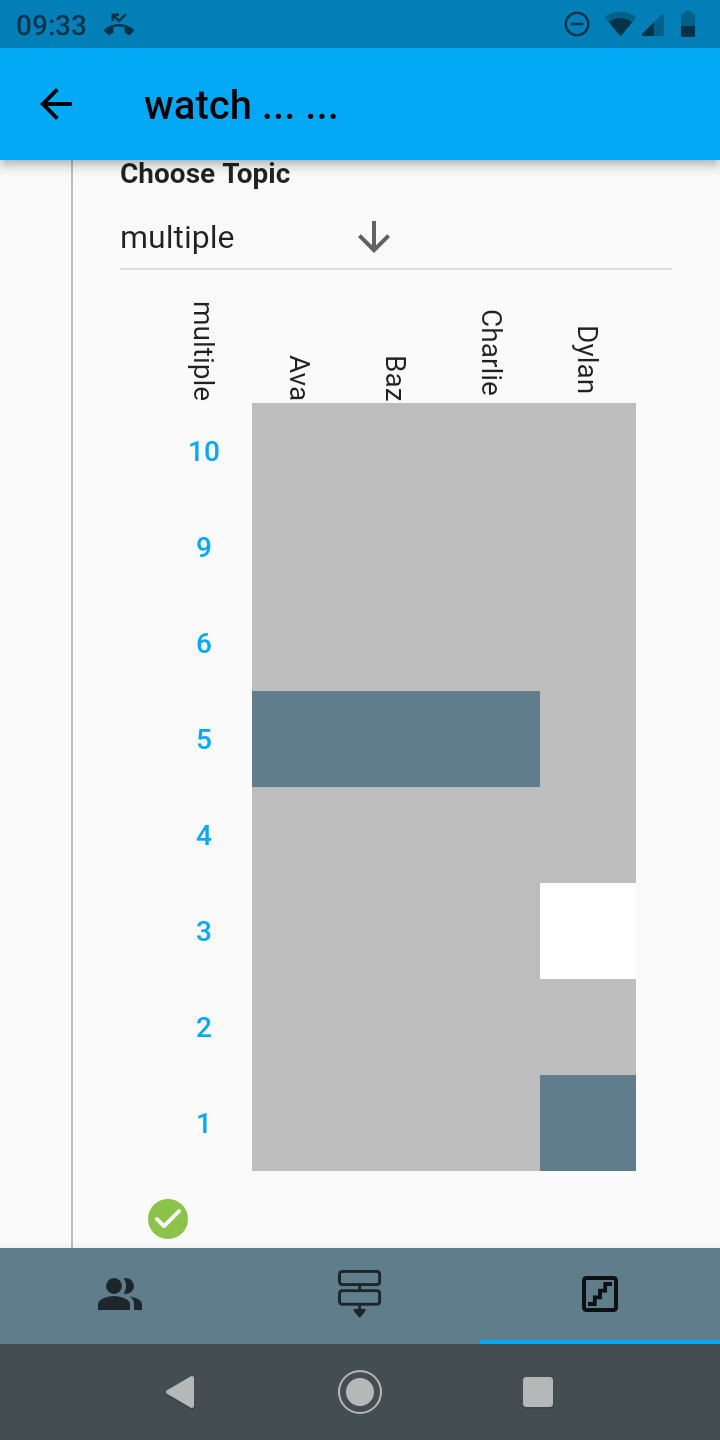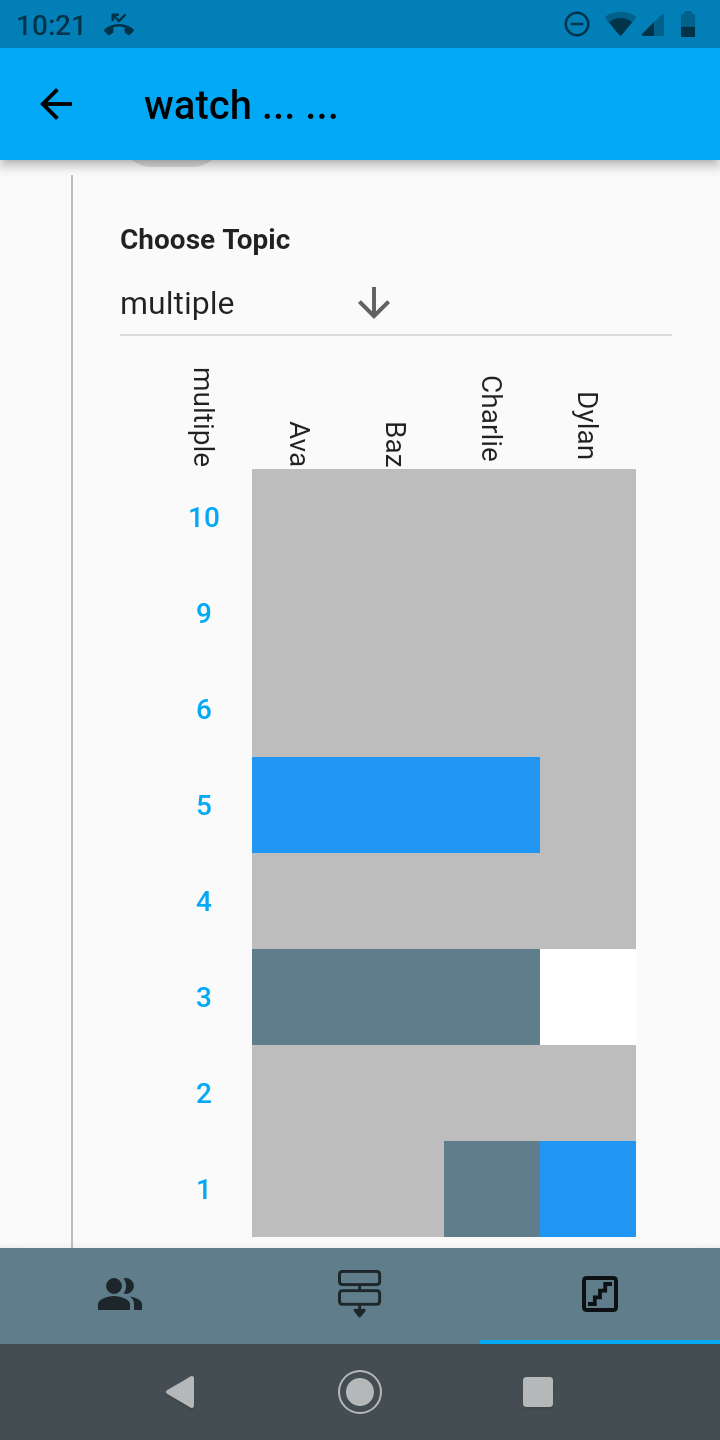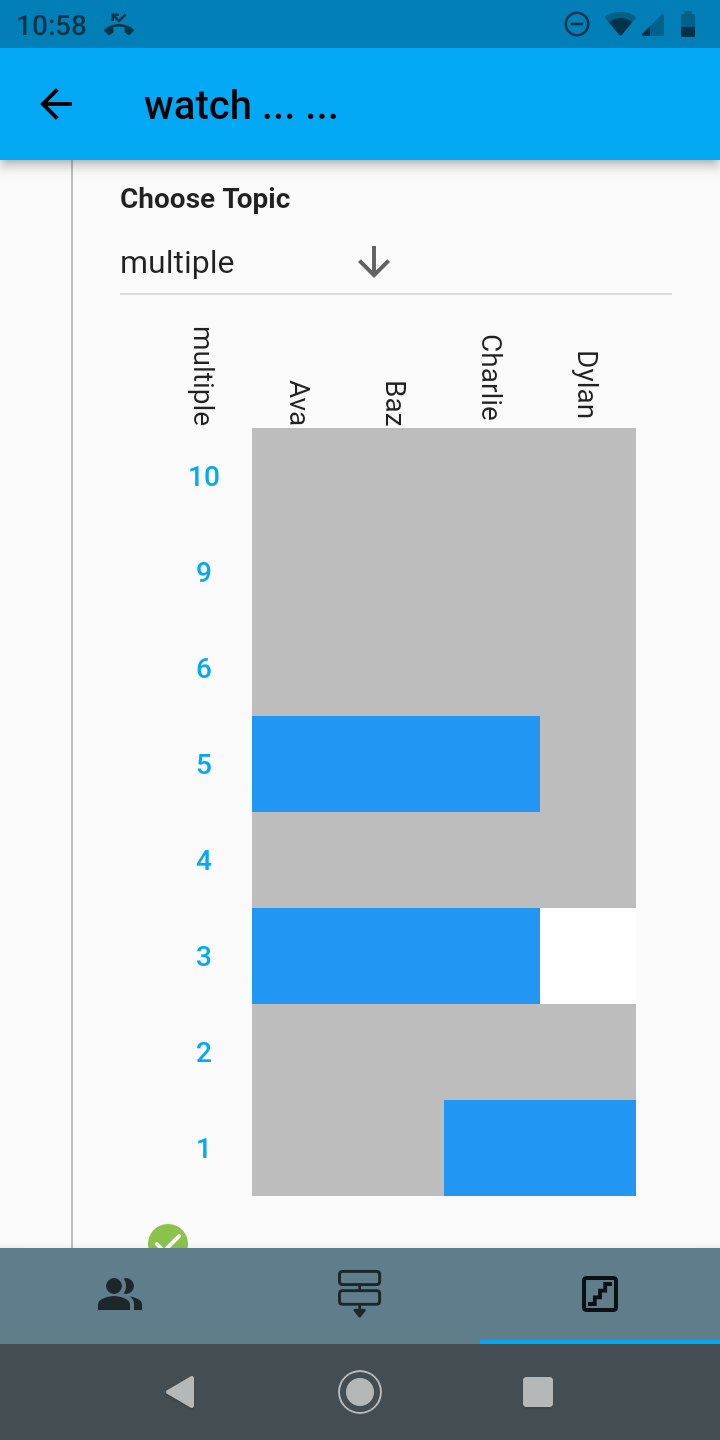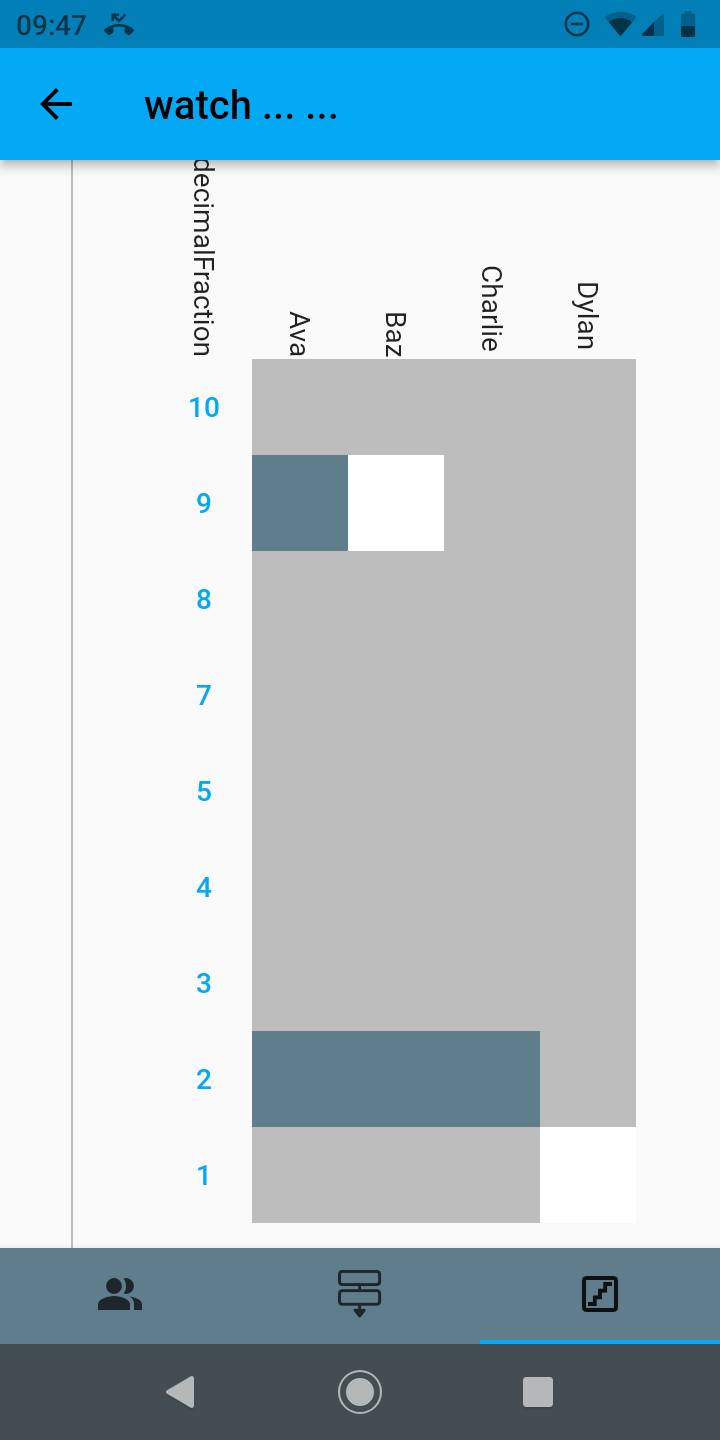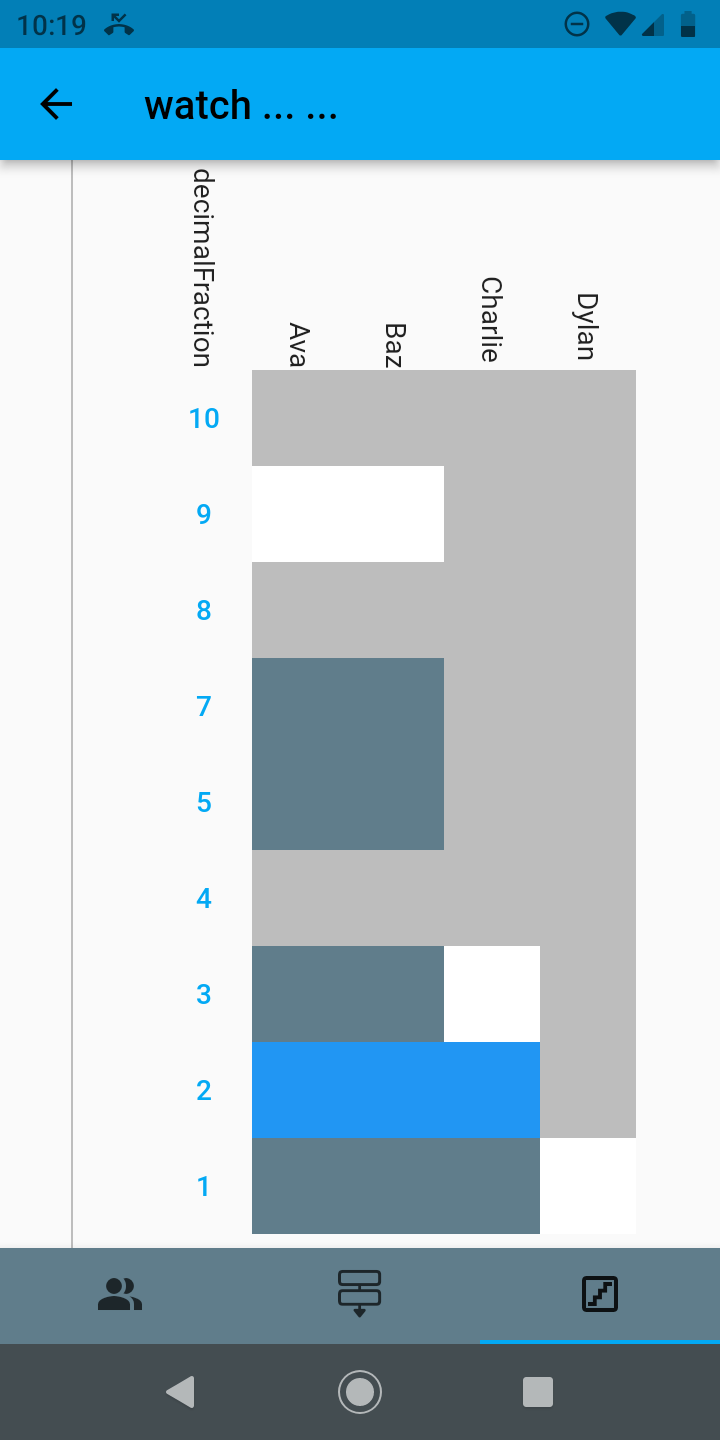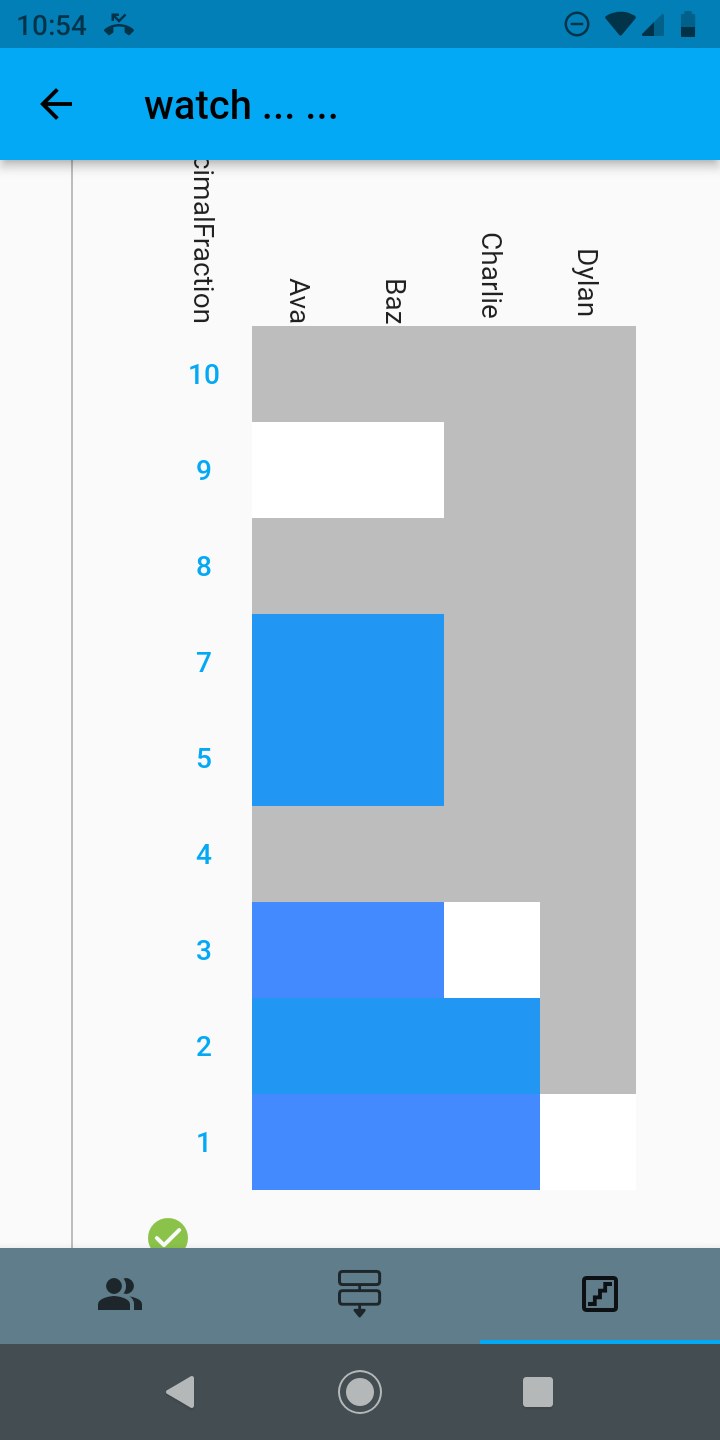This teacher training course is made of 5 topics, this topic: using timely practice, is made of 12 layers.
The teacher may read about each layer here and if desired or required can use the timely practice app to embed the course into their long-term memory.
(1): necessary vocabulary
topic themes are broken down into topics, which are broken down into layers, which are made up of a number of questions
This timely practice course, explaining and training has only 1 topic theme teacher training whereas the timely practice course to teach maths to GCSE has 6.
teacher training | maths to GCSE | FYI | |
|---|---|---|---|
topic themes |
|
| |
topic themes are made up of topics | explaining and training is made up of these 5 topics:
| integer is made up of some expected topics e.g.
and some less traditional ones e.g.
| The number of topics in a topic theme varies. Currently the topic theme not loaded into the timely practice app, May 2022, is word problems which will contain topics such as secret x sign (questions which require the learner to know to multiply and to have the skills to multiply without a calculator). |
topics are made up of layers | For this layer
The layers in the teacher training course are numbered in the order they are most likely to be useful to learn. | Maths topics are split into up to 16 layers e.g.
The layers in each maths topic are numbered in order of difficulty, so layer 1 is the easiest layer. | The number of layers varies from topic to topic. Layers provide a staircase from the very easiest skill to the hardest skill. Each stair is of a suitable size for learners who have a smaller working memory capacity than their peers. Some topics have missing layers. These are kept, for when the very lowest attaining learners (at or below the 5th percentile) reach these harder layers. Our experience is that learners above the 5th percentile don’t need them. |
layers are made up of questions | Questions in the training teacher layers are intended to draw out the teacher’s existing knowledge and be quick to answer - often with close questions. | Questions in the maths layers may be
| Questions are similar enough, so that if the user can answer 1 or 2 they can probably answer all the questions in a layer. Questions are different enough that they provide interest to the brain, so they are most likely to embed learning efficiently. |
in lesson learning
All of the maths topic themes have teach-learn questions and practise-learn worksheets for every layer of every topic. These can be found in learning resources. More about using these teaching and learning resources can be found in https://timelypractice.atlassian.net/wiki/spaces/CKB/pages/3110699127/Using+timely+practice#(9)-plan-teaching-on-firm-learning-foundations
None of the training teachers topics have teach-learn and practise-learn questions for any layers of any topic. The teacher must teach themselves by reading the information found within this, the CKB (customer knowledge base).
pre assess and post assess and retrieval practice
All layers of all topics within all topic themes have questions which the app uses to
find out what each learner already knows: pre assess,
check that the learner can recall the learning from their previous lesson: post assess,
ensure that each learner can independently recall and accurately apply the teaching of all the previous lessons: retrieval practice.
With timely practice we always start the same way, by finding out what the learner already knows.
(2) add learners
Learners need to go in a class.
Here are the steps.
| 2. Type in the class name | 3. Tap the class name. 4. Too add a learner (tap the blue circle with + and learner logo inside) | 5. Type in the learner’s names. NB to save screen space, the chosen name will be used by the app so e.g. Sam A and Sam H would be good names to differentiate between learners. |
6. Edit the learner’s Level for Learner (but only if additional info is available, otherwise leave as Don’t know) | 7. Tap Save (top right) Add all the learners to the class by repeating steps 4 to 7 | 8. To adjust the Pace for Practice slider, tap the learner’s name | 9. Slide the blue circle to the most appropriate percentage |
After a few lessons the teacher may want to adjust the Pace for Practice for faster working and/or slower working learners (so that the assignments for all learners in the class take approximately the same length of time to complete). Follow steps 8. and 9 to do this. | Ava will have 130% of the nominal number of questions per assignment. | Baz will have 80% of the nominal number of questions per assignment. |
(3) order to add SOL into timely practice app
When we start mid-way through a year
The teacher must make sure they do not pre assess any topics which have been taught within the last 4 weeks, to avoid post assess - which may be soon forgotten - being measured as if it is remembered well.
Assessing learning in advance of teaching with timely practice
If a school has decided to use timely practice - whether for all the lessons or part of of the lessons for a trial - they will need to make sure enough pre assess has been done in advance of teaching. The school/teacher will almost certainly want to not distress the learners by subjecting them to 4 or more lessons made up entirely of assessment so
the school might fit some pre assess into part of each of their normal lessons and so continue teaching, during the pre assess process,
or possibly, the school might fit some pre assess into some non-content driven project work, or end of term project work, if they have some planned,
or the school might allocate one complete lesson to pre assess and thereafter part of each lesson (perhaps in lieu of a start of lesson warm up).
Measuring learning for a trial
Extension for the teacher/manager who will supervise a comparative trial
Whether the school/department/teacher is using timely practice to find out
how effective their current SOL with one class and how effective a timely practice SOL is with another class
or to compare a year where some teaching is done using the current SOL and some using a timely practice SOL
they will need to decide what the lead time needs to be - when sufficient pre assess is likely to have been done - so they can measure embedded learning at the start of a trial. We are happy to give advice about this.
(4) how to enter the SOL into the timely practice app
The teacher should add all the topics that they will teach, in the approximate teaching order.
I think its easier to add all the Topic Themes in order, then edit each to select the topics required,
but teachers may prefer to add 1 topic theme and then its topics, and repeat.
add all Topic Themes in order …
| 4. Tap the blue folder (with a blue circle with a + inside) beside the writing Add Theme | 5. Tap (the chosen) Topic theme e.g. Integer | 6. Repeat steps 4. and 5. Add all the topic themes 7. Tap Save |
… then add all topics
| 3. Tap the topic circle for each topic (in expected teaching order) 4. Tap the left arrow (in the blue bar) | 5. Repeat steps 1. to 4. | 6. Tap Save (top right) |
Most topics are named traditionally e.g. factorise or standard form however some are named a little differently e.g. correct to nearest (rounding) and value algebra (substitution) write algebra (writing expressions and formulas).
(5) create a planning and preparation session
A planning and preparation session, is the place to do all the planning and preparation for the next lesson (although sometimes printing will need to be scheduled from elsewhere)
| 4. Does the date need to change? The date should the lesson or homework date. | Change the date if necessary
| FYI |
The tab logo is a small staircase - indicating the small step wise progress possible with timely practice in:
The logo for a planning and preparation session, the sideways trident shows the 3 activities which timely practice provides which will move the learner further forward in their learning
|
(6) begin auto pre assess
| 4. Check date is correct (or change by tapping the blue date) 5. N.B. Pre-Assess is already selected (so no need to change this) 6. Edit the nominal number of questions if necessary (the number of questions which the learner will get if their Pace for Practice is 100%) 7. If there any learners who don’t need an assignment (e.g. were away last lesson, so already have one) tap their names to untick them 8. Tap the blue Create button | The app will begin to create the assignments. | FYI on nominal number of questions Learners with
|
(7) download assignments
| 2. Scroll to Download 3. Tap the green down arrow for each learner Not there?
| 4. Find where your android device puts the files. Hint it may be in
7. Print them from the android device or email and then print. | FYI
If an error has occurred, take a screenshot of the “helpful” comments from the app and contact us. The blue egg timer logo - the assignments are being created |
(8) assess assignments (only Pre-Assess)
| 2. Scroll down to Assess 3. Tap the learner’s name | 4. Assess each question 5. Once all questions are assessed tap the floppy disc symbol to save. | FYI |
4a. Use the answers given for each question 4b. Use your writing hand to write the assessment code on the PDF ✔︎ or🔔 4c. Use your non-writing hand to tap the assessment code the in the app There are 3 choices:
Pre-Assess is about finding firm learning foundations, so if a question isn’t completely correct - it is best learned later. timely practice is in the business of ensuring that learners can almost always get full marks in questions they know how to do - but expecting good accuracy and good enough explanations. | Note on reset: Usually the learner can complete the assignment the next lesson, but sometimes the teacher will want to reduce the learner’s Pace for Practice, so that all learners can complete each assignment in roughly the same time. Note on almost any error*
|
(9) plan teaching on firm learning foundations
The pre-assess process automatically builds up a picture of the class' skills on each topic.
We don’t have all the information, but the information we collect, will allow the teacher to teach all learners in the class, something which each learner will find easy to learn. Meaning each learner is very likely remember the skills learned until the next lesson, and so the teacher is unlikely to need to give feedback due to forgetting. However often, in the first timely practice spiral of the curriculum, the teacher will be working on improving leaners' accuracy and finding and attempting to fix learning misconceptions - in other words creating firm foundations for future learning.
This layer is about how to use the timely practice app to select the layer to teach each learner, whereas https://timelypractice.atlassian.net/wiki/spaces/CKB/pages/3110699106/Best+practice+with+timely+practice#(8)-plan-which-layer-to-teach-each-learner-from-a-topic-using-AfL-data is more about thinking about the maths involved and https://timelypractice.atlassian.net/wiki/spaces/CKB/pages/3110699106/Best+practice+with+timely+practice#(9)-plan-the-teaching-and-learning-activities-of-the-lesson---so-each-learner-is-learning-on-firm-learning-foundations is about plan the lesson in order to teach the layers chosen in an efficient manner.
When we return to teach topics again, in the next spiral through the curriculum, we will have far more detailed information.
(10) teach-learn + practise-learn resources:
Once the teacher has taught a topic through timely practice, they will want the app to embed this learning through retrieval practice.
For each layer of each topic we provide
teach-learn questions, for the teacher to use to teach the whole class or a small group
practise-learn worksheets, for the learner to use to practise in the lesson after the teach-learn episode taught by the teacher, which have cut off answers for the learner to self-assess.
The teach-learn and practise-learn resources can be found in learning resources.
The questions which the app will use for retrieval practice are different from those in the teach-learn and practise-learn resources (with a few exceptions e.g. times table facts).
Once the teacher knows exactly which layer from a topic each learner should learn next, the teacher can (but does not need to), employ more sophisticated and effective teaching techniques to maximise the learning output (quantity of new learning, which is retained per hour).
(11) assess assignments which contain retrieval practice questions
At least a fortnight after the first topic has been fully pre assessed the teacher can ensure that the layers the learner already knows becomes more deeply embedded in long term memory with retrieval practice. To do this the teacher will need to tick the Retrieval Practice box when creating the assignment. The teacher can
Whether the layer is in retrieval practice because the learner already knew it (from pre-assess) or has been taught within timely practice, the assessment is the same.
There are 5 assessment options
The 5 assessment options are
tick (learner answered the question completely correctly),
feedback on attempt*(learner has tried to answer, but made one or more mistakes and the teacher thinks that feedback will help embed the learning),
feedback on blank** (learner has missed the question out, but the teacher thinks that feedback will help embed the learning),
bell (best learned later, the teacher thinks that too much feedback will be required to embed this learning),
repeat (the learner appears to have missed this question out because they ran out of time). A similar question will go into the next assignment. The teacher should consider reducing this learner’s Pace for Practice, so that all the class can finish their assignments at roughly the same time and/or increase the Pace for Practice of some of the fastest working learners.
(12) when pre assess is finishing for some, but not others
Lower attaining learners are likely to finish pre-assess on the whole curriculum far quicker than their higher attaining peers.
e.g. a low attaining learner may only “already know” fewer than 30 layers whereas a learner at about GCSE grade 4 is likely to “already know” well over 100 layers. The learner who knows more will need to answer questions on far more layers in order for the app to find the “goldilocks” place to begin teaching in each topic. So once some learners no longer have pre assess questions to answer, the teacher should make good use of these learners' lesson time.
The learners who have finished pre-assess can learn one topic with the class and one or even two additional topics per lesson, whilst the other learners do longer assignments (which will include both pre assess and retrieval practice questions). The teacher should make good use of the time when the majority of learners are doing long pre-assess assignments, which don’t require feedback-dialogue, to spend time with the lowest attaining learners - this time, well spent - will increase the motivation of the lowest attaining learners and be a chance to fix some fundamental gaps, which will make it easier to teach the whole class in the future.
The topics the learners who have already finished pre-assess can be drawn from all topic theme, but the teachers would be advised
to check that 10 bond, base10add, base10skills and sequenceMultiple have been pre-assessed;
to avoid teaching extra layers on a topic within 4 weeks of the topic being taught to the whole class (so that the extra layer will be well embedded, before the teacher comes to teach the topic to the whole class);
to begin with at least 3 of the 4 operations (multiply or divide may be missed out) and multiplying by 10 etc;
to fill in fundamental gaps such coordinate, fractionINTRO, sequenceArithmetic, orderFDP, fractionOF, scaleInterpret and proportionalGraph;
to use the early layers of some topics to fix other topics e.g. stem and leaf early, correctTOnearest and decimalFraction to improve place value, inequality to improve understanding of negative number;
to teach some layers, such as simplify +/- and simplify x/÷, solvingReady, which may help learners to overcome any fear of algebra that they might have and also to enable the lowest attaining learners to shine when the whole class begins to learn the topic together (It can be a really good “sales technique” for retrieval practice, when the lowest attaining learners can do more than their peers because “we learned it last half term with timely practice”) - especially when it is clear that these learners can learn also easily learn the another slightly harder layer on their firm learning foundations).
step1.png?version=2&modificationDate=1650954800386&cacheVersion=1&api=v2)
step2.png?version=1&modificationDate=1650954967386&cacheVersion=1&api=v2)
step3.png?version=1&modificationDate=1650955001499&cacheVersion=1&api=v2)
step4.png?version=1&modificationDate=1650955021938&cacheVersion=1&api=v2)
step5.png?version=1&modificationDate=1650955078310&cacheVersion=1&api=v2)
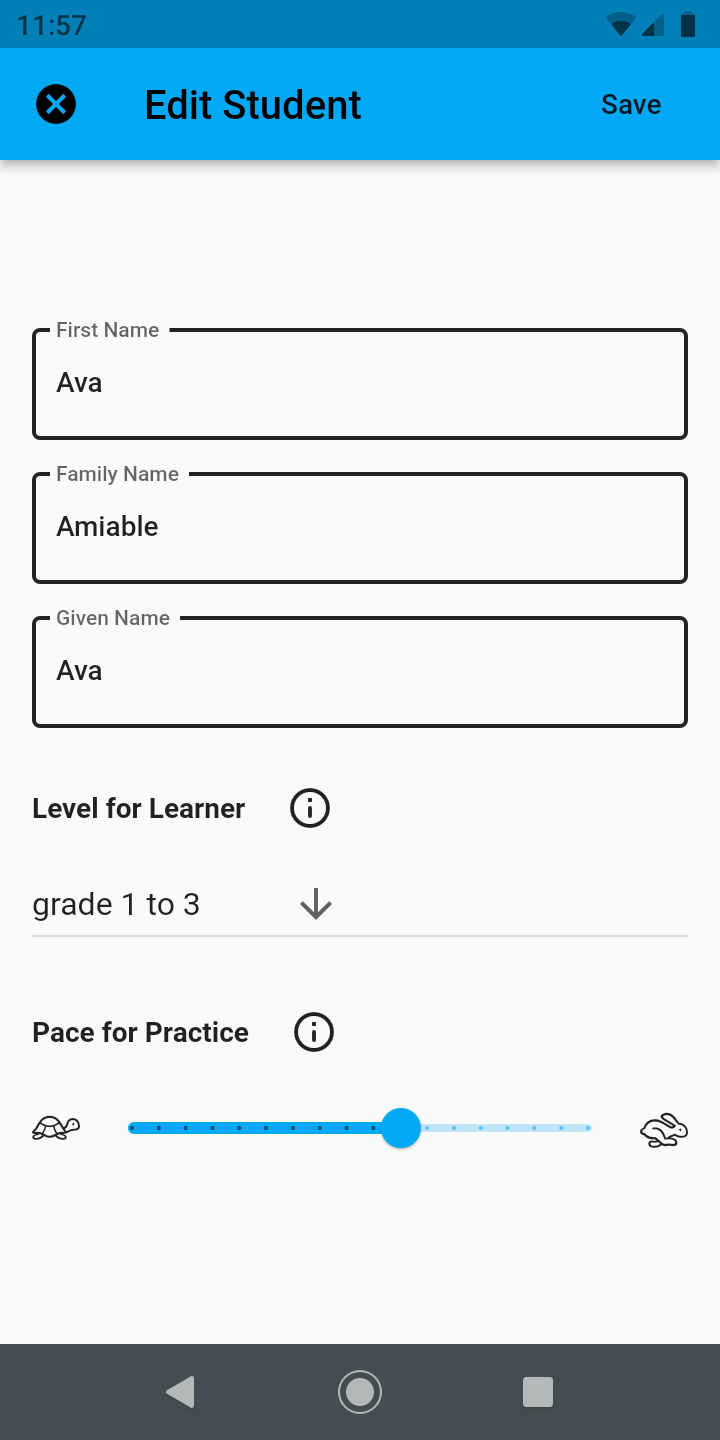
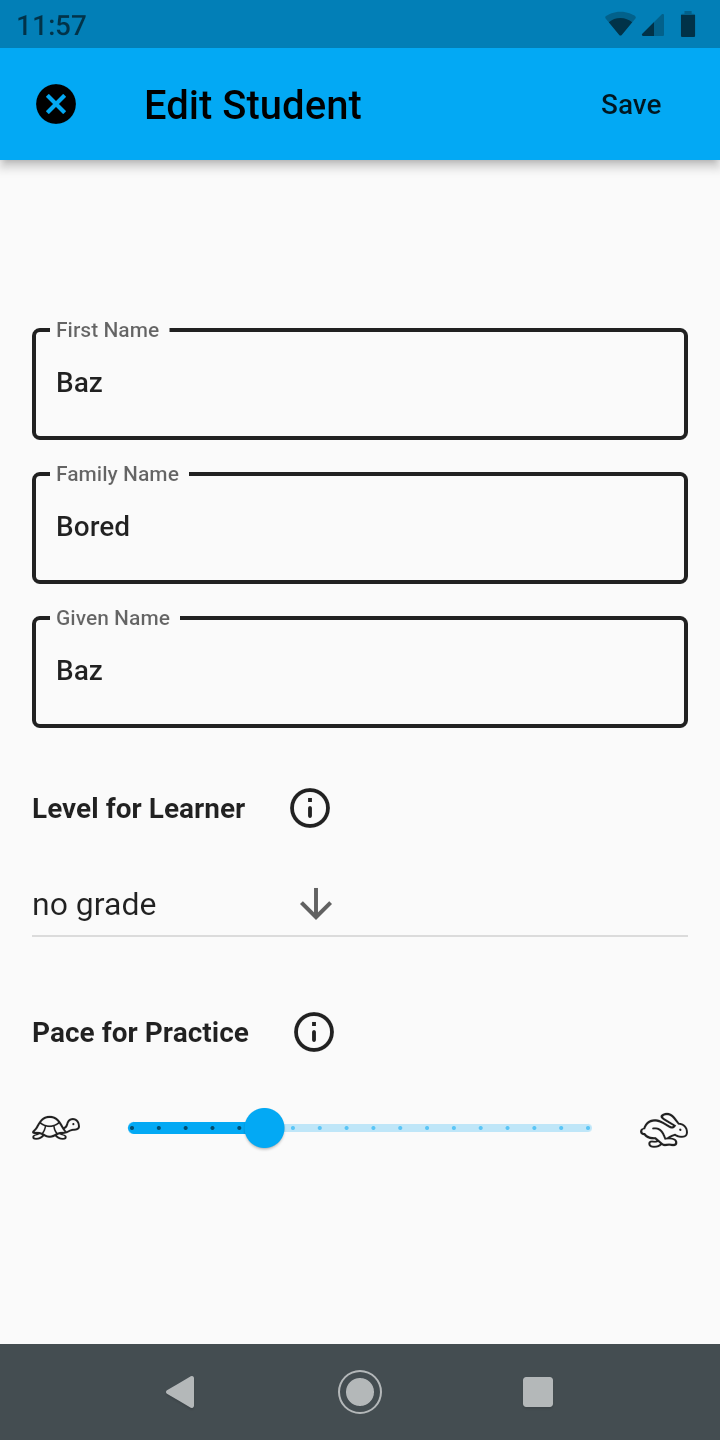
step1to3.png?version=1&modificationDate=1650956730516&cacheVersion=1&api=v2)
step4.png?version=1&modificationDate=1650955246758&cacheVersion=1&api=v2)
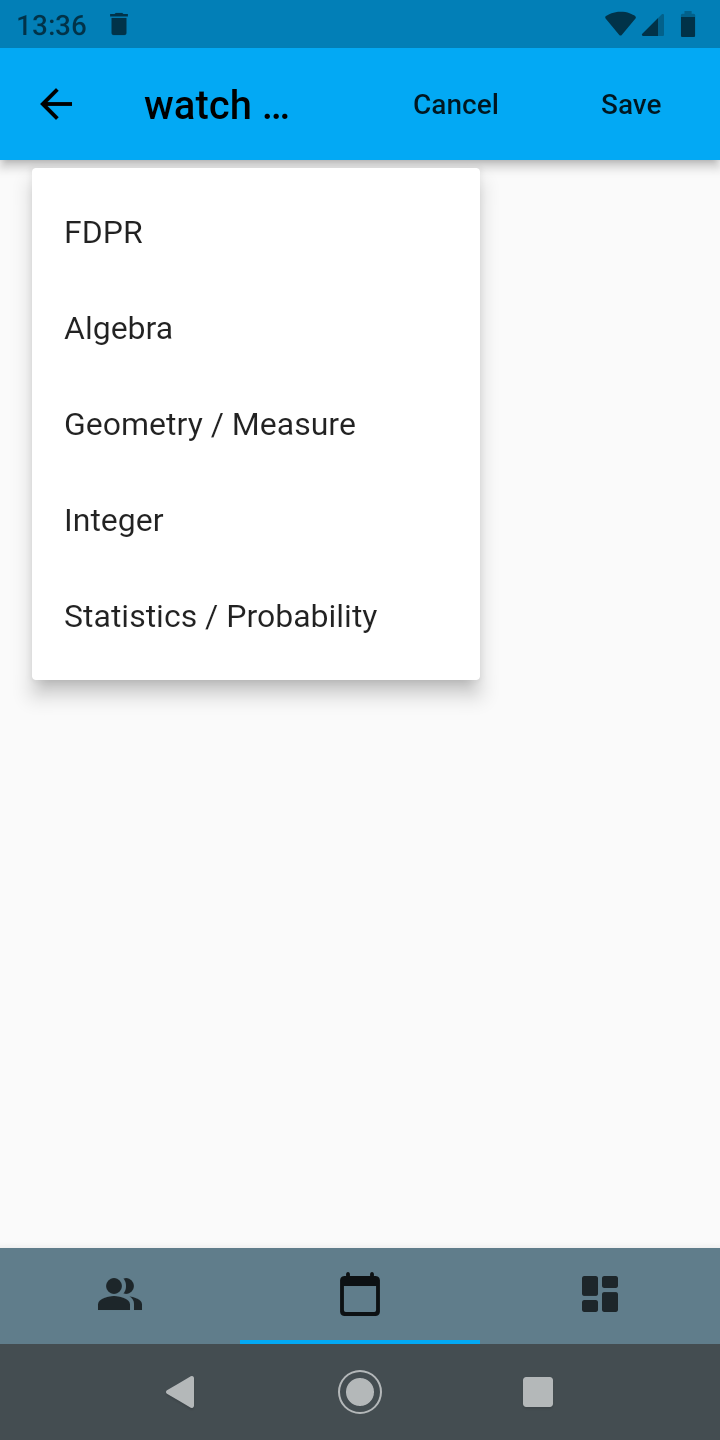
step6.png?version=1&modificationDate=1651040233043&cacheVersion=1&api=v2)
step7n8.png?version=1&modificationDate=1651130385515&cacheVersion=1&api=v2)
Tstep3.png?version=2&modificationDate=1650956169571&cacheVersion=1&api=v2)
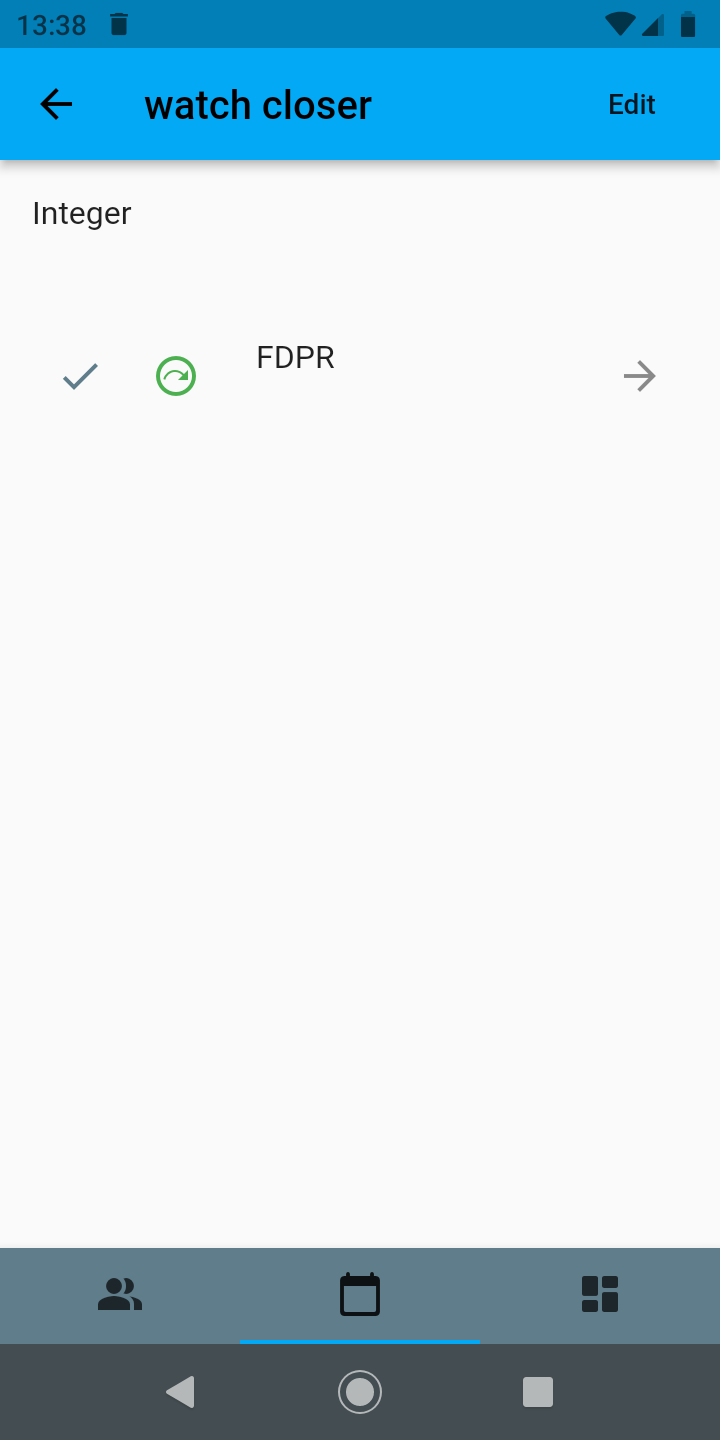
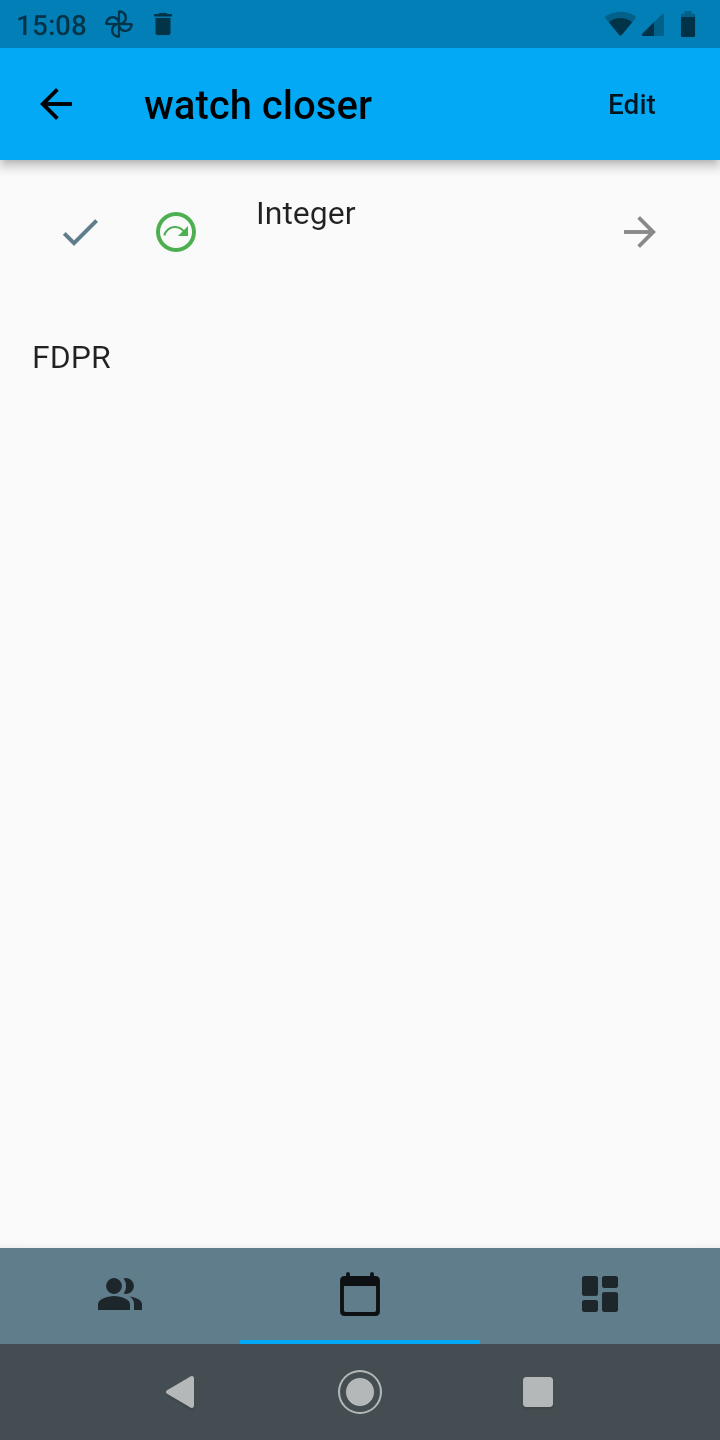
problem2.png?version=1&modificationDate=1650955549959&cacheVersion=1&api=v2)
problem3.png?version=1&modificationDate=1650955632173&cacheVersion=1&api=v2)
problem4.png?version=1&modificationDate=1650955699160&cacheVersion=1&api=v2)
step3.png?version=1&modificationDate=1651040979024&cacheVersion=1&api=v2)
step1.png?version=1&modificationDate=1651040562106&cacheVersion=1&api=v2)
changeDate.png?version=2&modificationDate=1651041198671&cacheVersion=1&api=v2)
step1.png?version=1&modificationDate=1651299543609&cacheVersion=1&api=v2)
step8.png?version=1&modificationDate=1651047626701&cacheVersion=1&api=v2)
create.png?version=1&modificationDate=1650981721530&cacheVersion=1&api=v2)
step5.png?version=1&modificationDate=1651046054599&cacheVersion=1&api=v2)
FindDownloads.png?version=1&modificationDate=1650982331973&cacheVersion=1&api=v2)
blueEGGtimer.png?version=1&modificationDate=1651053959721&cacheVersion=1&api=v2)
